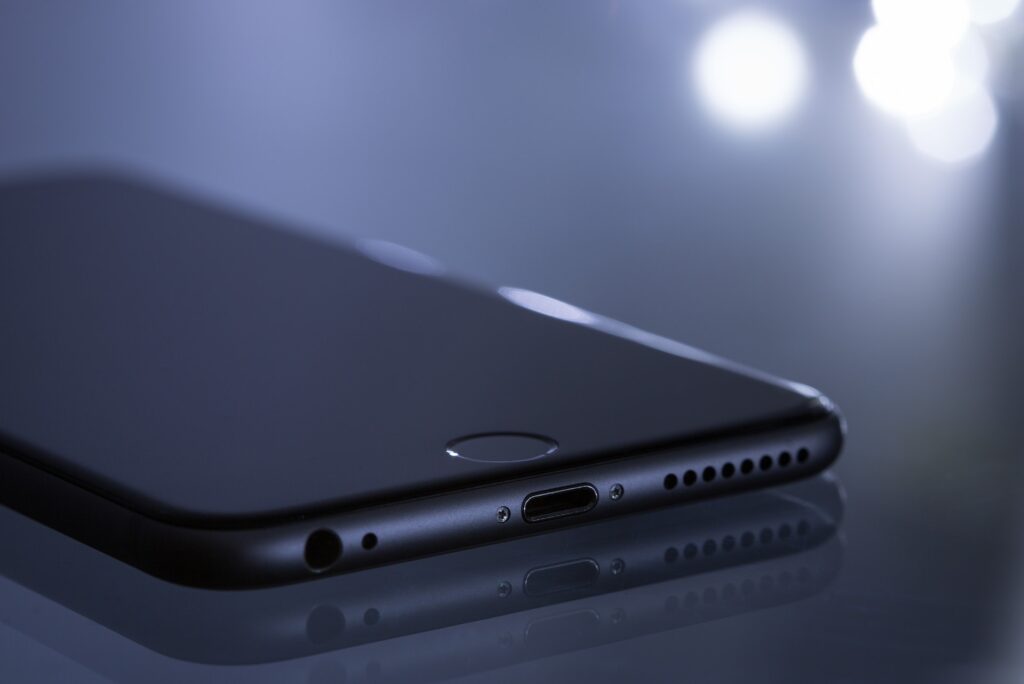The Article Tells The Story of:
- How Google used Android devices to transform them into an apparatus for fine-tuning GPS.
- The paper clarifies how disturbances in the ionosphere affect GPS signals.
- It further describes how Google would make use of Android apparatuses to generate an image of the ionosphere while delivering better services to navigate the globe.
How Google Made Millions of Devices a GPS Accuracy Solution
With millions of Android phones, Google is one of the first companies that will globally tackle a long-standing problem with GPS accuracy: interference by the Earth’s ionosphere. This might well be the next big step toward making navigation much more accurate than is already possible in many parts of the world by regions lacking traditional infrastructure for ionospheric monitoring. How did the Google researchers use Android devices as a “distributed sensor network” to solve one of the GPS system’s biggest problems?
Check out similar article: Ensuring Safe Driving: Google Maps Brings Speedometer and Speed Limits to iPhone Users Across the Globe
Why the Ionosphere is GPS’s Hidden Challenge
The ionosphere is essentially a portion of space which is directly above the Earth. It covers an area from 50 to 200 miles above the surface of the planet. It has turned out to be one of the very major sources of interference for GPS signals as it consists of free electrons that interfere with GPS signals when entering the Earth and traveling all the way up to the satellites in space.
These interfere with the signals causing GPS signals to travel late thereby resulting in navigation errors along with location drift in the maps. For example, your GPS may give you a reading that puts you several meters away from the actual location. Though it is not harmful in general, it could indeed be thrilling if you’re in a real-life critical situation.
Ground-based monitoring stations located worldwide routinely map the ionosphere, providing high-quality data. However, establishing and maintaining these facilities is expensive, making it difficult for developing countries, which struggle with monitoring resources, to achieve similar capabilities.
Google’s Answer: The Ubiquitous Power of Android Phones
Google researchers found the solution, exploiting the scale of Android devices worldwide. The latest advances in the design of Android phones have installed GPS receivers that allow the calculation of the distance from a cell phone to the satellites of medium Earth orbit (MEO).
Since nearly all such cell phones contain GPS receivers, almost all can measure such signals, most of them being influenced by the ionosphere.Since nearly all cell phones contain GPS receivers, they can measure such signals, with most being influenced by the ionosphere. While a single device’s resolution is much lower than that of a dedicated monitoring station-that is, the antennas are smaller, obstruction is greater, and the individual biases of a given device are more varied-the collection of billions of such devices was revolutionary.
Google researchers have drawn upon GPS data from millions of anonymous Android devices in a study published in Nature to create a detailed map of ionospheric electron content. Correlating signals coming from multiple phones and aggregating this data, researchers could correct individual biases in measurement, putting together a reliable map of ionospheric disturbances. This approach greatly improves GPS accuracy where station-coverage is weak or unaccommodating, such as in parts of India and Central Africa.
Privacy-Preserving Data Collection
The study saw Google take steps to protect user data by using only summarized and de-personalized data from Android devices with location settings enabled. It limited data collection to “coarse location,” accurate within about 10 kilometers. This approach respected privacy while providing insight into ionospheric conditions.
This enormous volume of data from the Android phone allowed Google to build an incredibly detailed map of the ionosphere all over the world, in all the gaps where other monitoring stations lack access.
The ionospheric maps produced proved to outperform the conventional model used for ionospheric error correction, which most existing GPS phones rely on. The researchers have stated that they saw better accuracy in GPS anywhere around the globe, especially in regions that are less developed.
Future Consequences for GPS Accuracy and Navigation
Soon, the distributed sensor network enabled by Android devices may translate into real savings in GPS navigation.
Accuracy will take on a much more significant role for day-to-day users and be critical in high-stakes situations such as emergency response. To illustrate the point, there’s a difference between a major highway and a bumpy frontage road when first responders try to negotiate confusing terrain to an emergency quickly.
The new functionality may also serve as the starting point for other location-based technologies and services from navigation apps to location-dependent games. In the near future, Google plans to roll out the merits of such enhanced precision for Android devices. This means that for millions of GPS users, errors would become a thing of the past.
Conclusion
Google has unlocked a new approach to how it improves the accuracy of GPS without requiring additional infrastructure, transforming devices into a global sensor network.
This solution addresses ionospheric interference and shines a light on distributed devices as the way to attack large-scale scientific and technological challenges. Further progress in this endeavor is sure to make GPS much more reliable for users globally.
For More Updates: Technology



